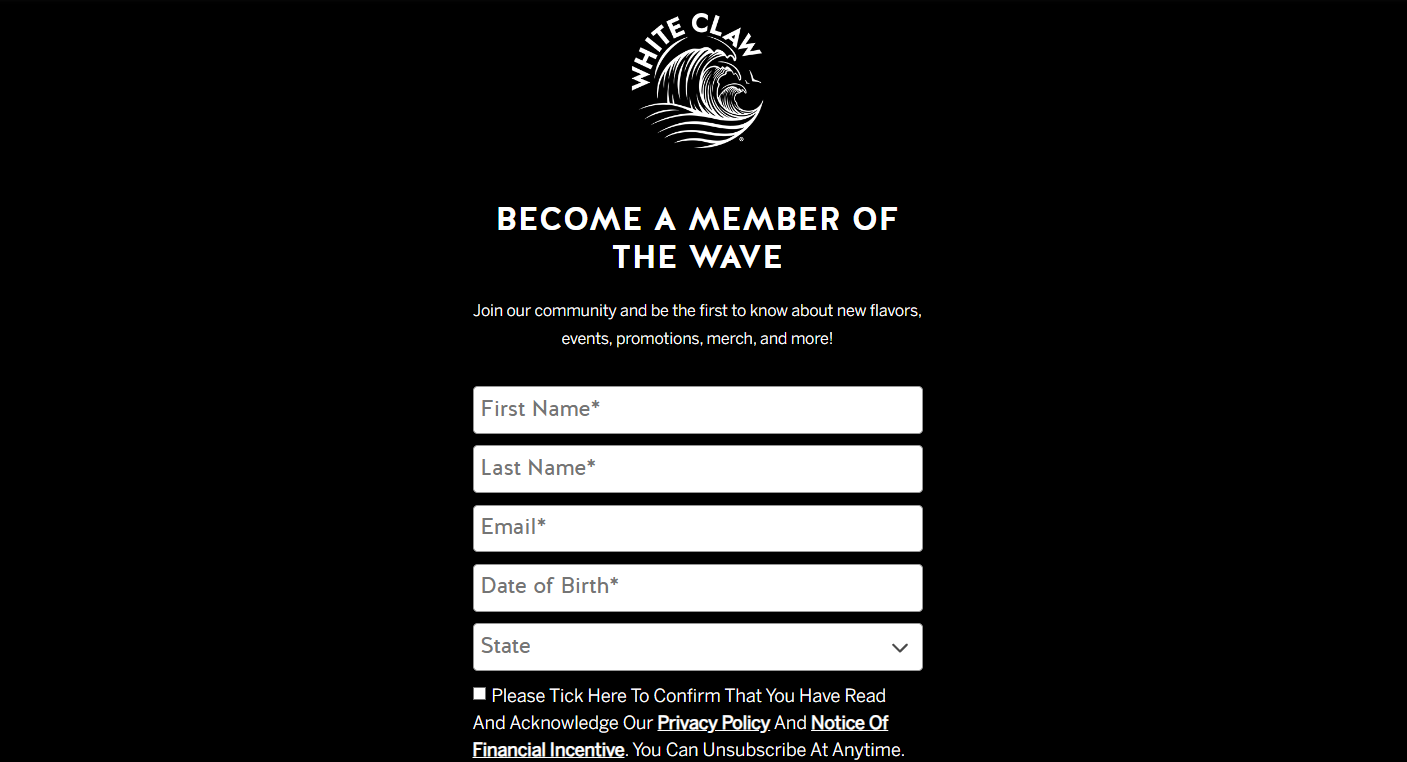Rebates are essentially incentives offered by businesses or organizations to encourage specific actions or behaviors. These actions could range from purchasing a particular product to participating in activities that promote environmental conservation or cost-saving measures.
Now, onto the White Clam Rebate. This particular rebate program focuses on encouraging sustainable fishing practices, particularly in the context of clam harvesting. Clams are a valuable marine resource, both ecologically and economically. However, overfishing and unsustainable harvesting practices can lead to depletion of clam populations and harm to marine ecosystems.
The White Clam Rebate aims to address this issue by offering incentives to fishermen who adopt sustainable fishing practices when harvesting white clams. These practices may include adhering to catch limits, using sustainable harvesting methods that minimize damage to clam populations and their habitats, and participating in monitoring and conservation efforts.
Benefits of White Clam Rebate
The white clam rebate offers numerous advantages to both consumers and the environment. Firstly, it provides a way for individuals and businesses to save money on their purchases. By offering a rebate on specific products, consumers can recoup a portion of the purchase price, effectively reducing their overall expenditure.
Additionally, the white clam rebate promotes environmental sustainability by encouraging the use of eco-friendly products. By incentivizing the purchase of items that are less harmful to the environment, such as biodegradable clamshell containers, the rebate program helps reduce waste and minimize ecological impact.
How to Obtain a White Clam Rebate
To qualify for a white clam rebate, individuals or businesses typically need to meet certain criteria outlined by the rebate program. This may include purchasing specific products within a specified time frame or providing proof of purchase.
Once eligibility criteria are met, applicants can usually apply for the rebate through a designated process, which may involve submitting receipts or other documentation. Upon approval, the rebate amount is then either credited back to the individual or business or provided in the form of a check or voucher.
Case Studies
Numerous case studies highlight the effectiveness of the white clam rebate program. For example, a restaurant chain that switched to biodegradable clamshell containers not only reduced its environmental footprint but also saw significant cost savings over time. By taking advantage of the white clam rebate, the chain was able to offset the initial investment in eco-friendly packaging and ultimately improve its bottom line.
Common Misconceptions about White Clam Rebate
Despite its benefits, there are often misconceptions surrounding the white clam rebate program. One common myth is that participating in the program is overly complicated or time-consuming. In reality, many rebate programs, including the white clam rebate, have streamlined application processes to make participation as straightforward as possible.
Another misconception is that the rebate amount is insignificant. While individual rebate amounts may vary depending on the program and the products involved, even small rebates can add up over time, resulting in significant savings for participants.
Comparison with Other Rebate Programs
When comparing the white clam rebate with other rebate programs, several key differences emerge. While some rebate programs focus solely on cost savings, others prioritize environmental sustainability. The white clam rebate stands out for its ability to address both of these concerns simultaneously, making it an attractive option for environmentally conscious consumers and businesses alike.
Future Outlook
Looking ahead, the future of the white clam rebate program appears promising. As awareness of environmental issues continues to grow and consumers become increasingly mindful of their purchasing choices, demand for eco-friendly products is likely to rise. This, in turn, could lead to an expansion of the white clam rebate program and similar initiatives aimed at promoting sustainability.
Conclusion
In conclusion, the white clam rebate offers a compelling opportunity for individuals and businesses to save money while also contributing to environmental conservation efforts. By incentivizing the use of biodegradable clamshell containers and other eco-friendly products, the rebate program helps reduce waste and minimize ecological impact. As rebate programs like this continue to gain popularity, the future looks bright for both consumers and the planet.
Download White Clam Rebate
FAQs
- How much money can I save with the white clam rebate?
- Rebate amounts vary depending on the program and products involved, but participants can typically recoup a portion of their purchase price.
- Is the application process for the white clam rebate complicated?
- Not necessarily. Many rebate programs, including the white clam rebate, have simplified application processes to make participation as easy as possible.
- Can businesses benefit from the white clam rebate program?
- Absolutely. Businesses that switch to eco-friendly products can not only reduce their environmental footprint but also see significant cost savings over time through rebate programs like this.
- Are there any restrictions on the types of products eligible for the white clam rebate?
- Eligibility criteria may vary, but generally, the program applies to specific eco-friendly products, such as biodegradable clamshell containers.
- How can I learn more about the white clam rebate program and eligibility requirements?
- For more information on the white clam rebate program and how to qualify, visit the program’s official website or contact the administering organization directly.

